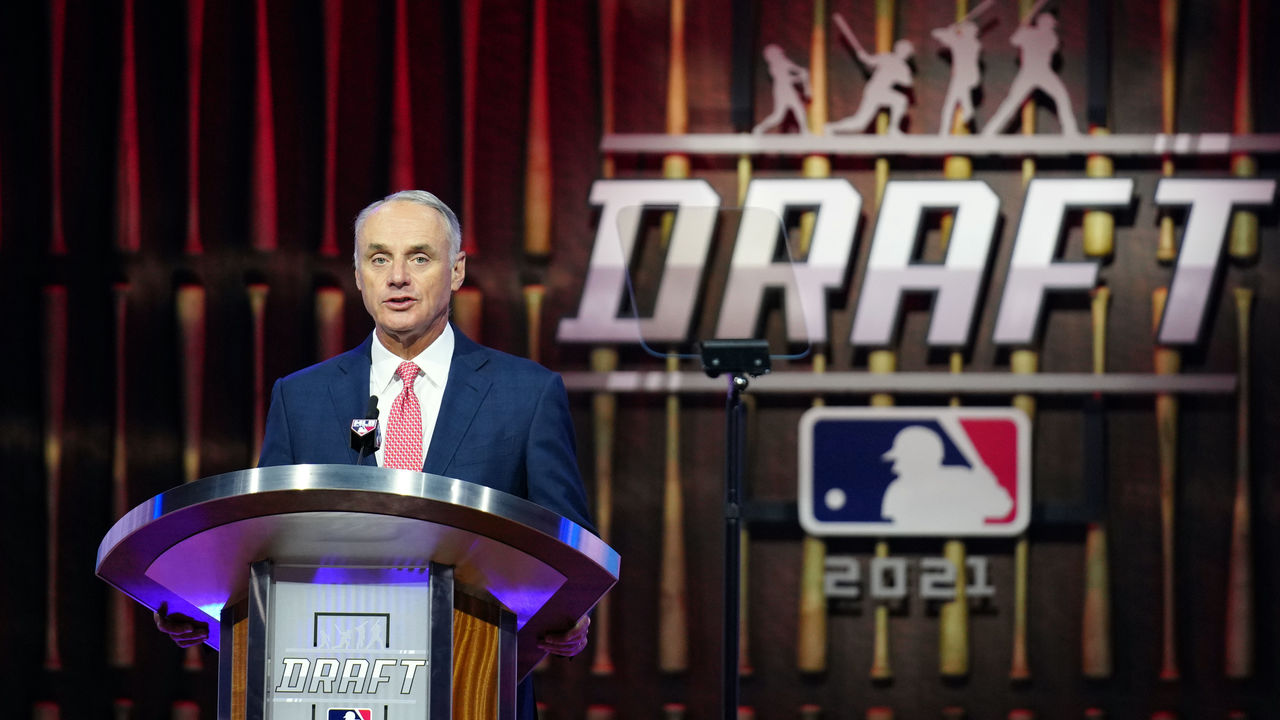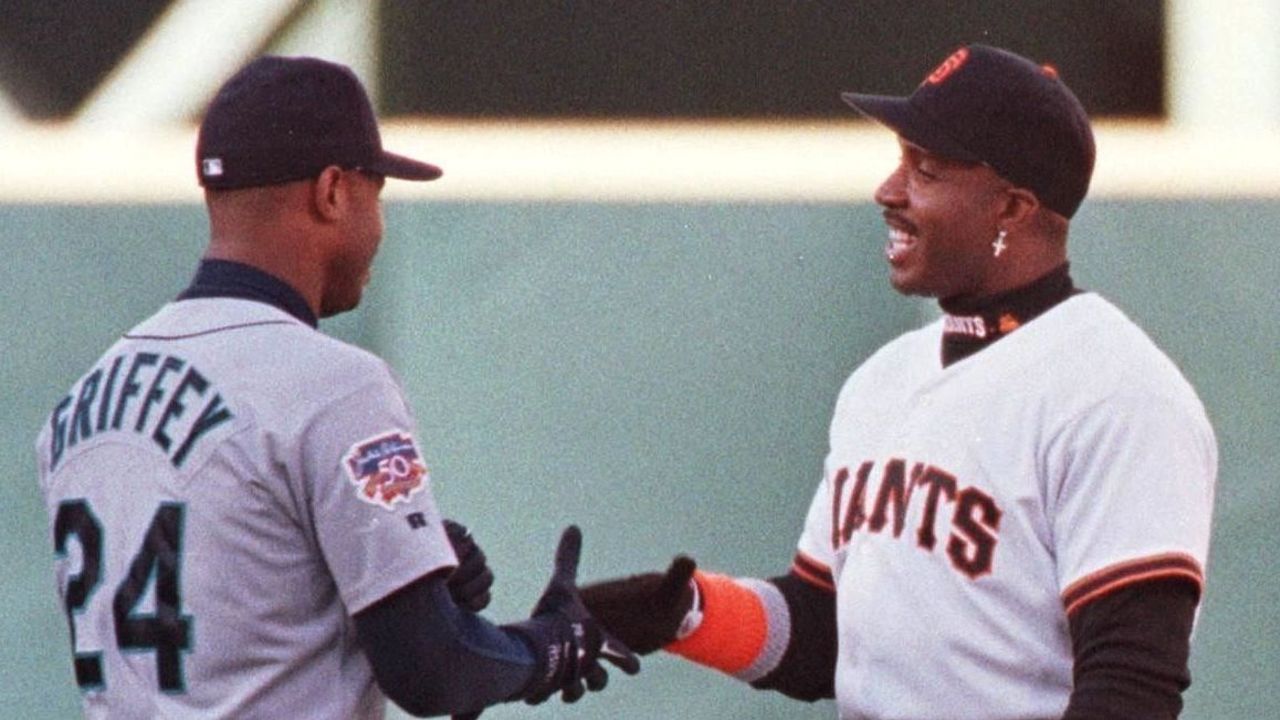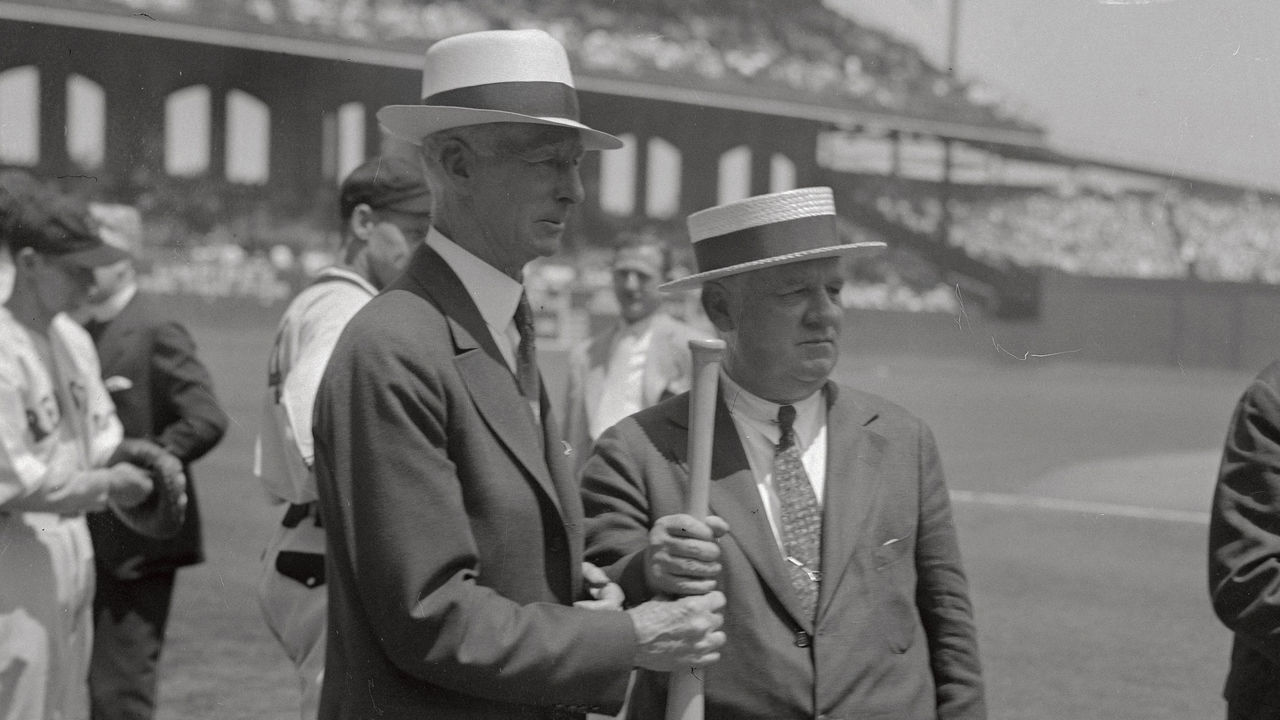Would this 1 change make MLB's All-Star Game a must-watch event?
There's hardly any mystery left in Major League Baseball.
There's a leaderboard for everything that can be measured. There's been an explosion in the data available to fans - spin rates, exit velocities, even a baserunner's lead. A player's performance can be boiled down to one number such as wins above replacement, which is imperfect but remains a quantum leap from batting average, earned run average, and all the counting stats.
Cable and streaming TV stripped away mystery, too. Every pitch of the season can be seen if you have enough subscriptions (and don't live in Iowa). The days of following baseball via newspaper box scores, and only occasionally being able to see out-of-market teams and stars on the Saturday afternoon game of the week or in showcase events, have long since passed.
These are overwhelmingly good developments for the game, which has become more merit-based and inclusive in the data age. More of the most deserving players reach the field, and barriers to working in baseball are being broken down. We understand the game better and can see more of it.
But more mystery would benefit MLB when it comes to the league's jewel events: the All-Star Game and World Series. Those most-watched games have lost their luster, as evidenced by their shrinking share of the television audience.

While All-Star Game ratings did improve last summer compared to 2019, they're in steep decline overall. The trend is similar for the World Series.
No MLB events ranked among the 100 most-watched televised broadcasts last year, according to Sports Business Journal. The NFL and Olympics occupied most of the spots.
Adding mystery would restore some of the original appeal to baseball's All-Star Game. So how can MLB do that? By ending interleague play.
For the first 96 years of American League and National League coexistence, they were separate entities. They had their own MVPs and Cy Young winners, and still do. Teams only played fellow league members during the regular season. Players from opposite leagues only faced each other in the All-Star Game, World Series, or exhibition games.
It created mystery and water-cooler debates: Which is the better team, the better league, the better player? No one really knew the answers until and unless they met directly on the field.
Interleague play changed all that.
Yes, having the New York and Chicago teams play each other every year makes a lot of sense, but having the Kansas City Royals play the Miami Marlins does not. There are far more dull interleague games than there are interesting ones.
Fan enthusiasm for interleague play seems to be waning, too.
According to a 1997 New York Times poll, 75% of fans responded they were in favor of interleague play. But according to a Seton Hall University poll of more than 1,500 baseball fans this past winter, only 45% of "avid" fans said they were in favor of keeping it compared to 38% in favor of ending it.

Eliminating interleague play - combined with geography-based realignment that would preserve the best rivalries and allow, say, the Mets and Yankees to face each other more often - would make for a better product and heighten interest in the big-stage events.
I proposed a radical realignment plan last summer, keeping 12 of the top 14 existing rival pairings (as ranked by fan polling) in the same division and 13 of 14 in the same league. The plan greatly increases meetings between crosstown, intrastate, and regional rivals. Rivalries matter, and MLB doesn't maximize them as well as it could.
The plan requires an even number of teams in each league through either expansion or reorganization, and it also allows for the elimination of interleague play. That would give the All-Star Game and World Series a boost.
(Another, less radical option would be limiting interleague play to one rival and one week of home-and-home series.)

With three wild cards in each league now, there are as many playoff berths allotted to wild cards as division winners. Shouldn't teams be playing their own league foes more and facing interleague opponents less?
Interest in the All-Star Game is down for a variety of reasons, but a large part of it may very well be that the mystery is gone. Bringing some unknowns back to the sport might make for better theater and help rebuild its audience, which MLB has never needed more.
Travis Sawchik is theScore's senior baseball writer.